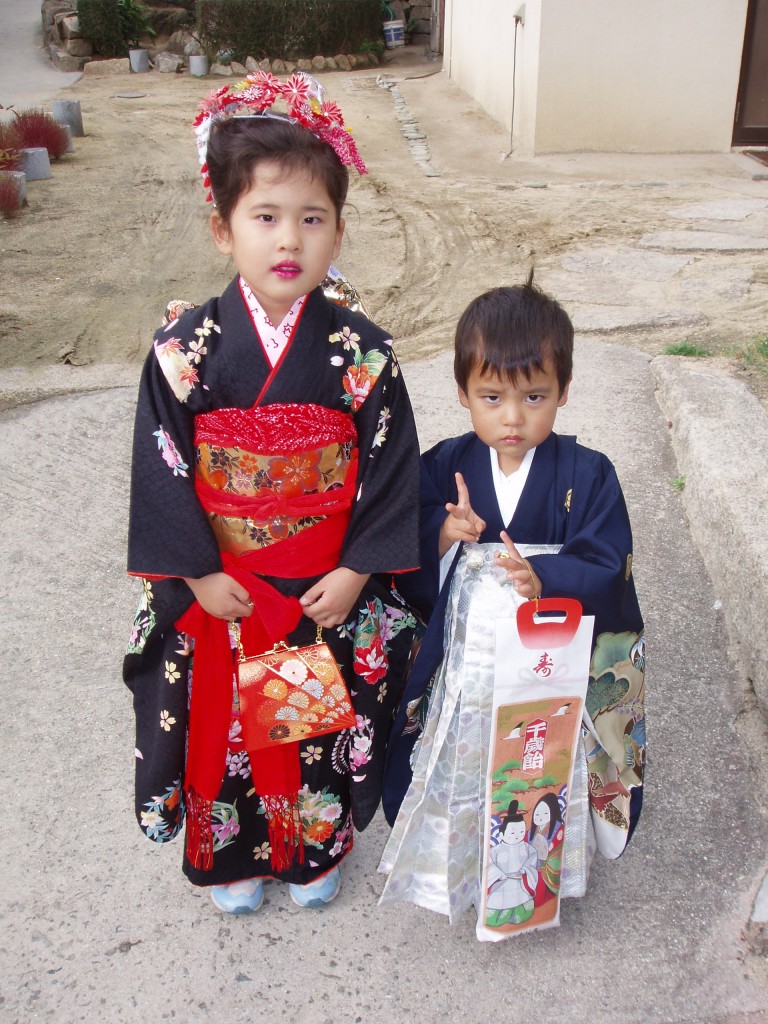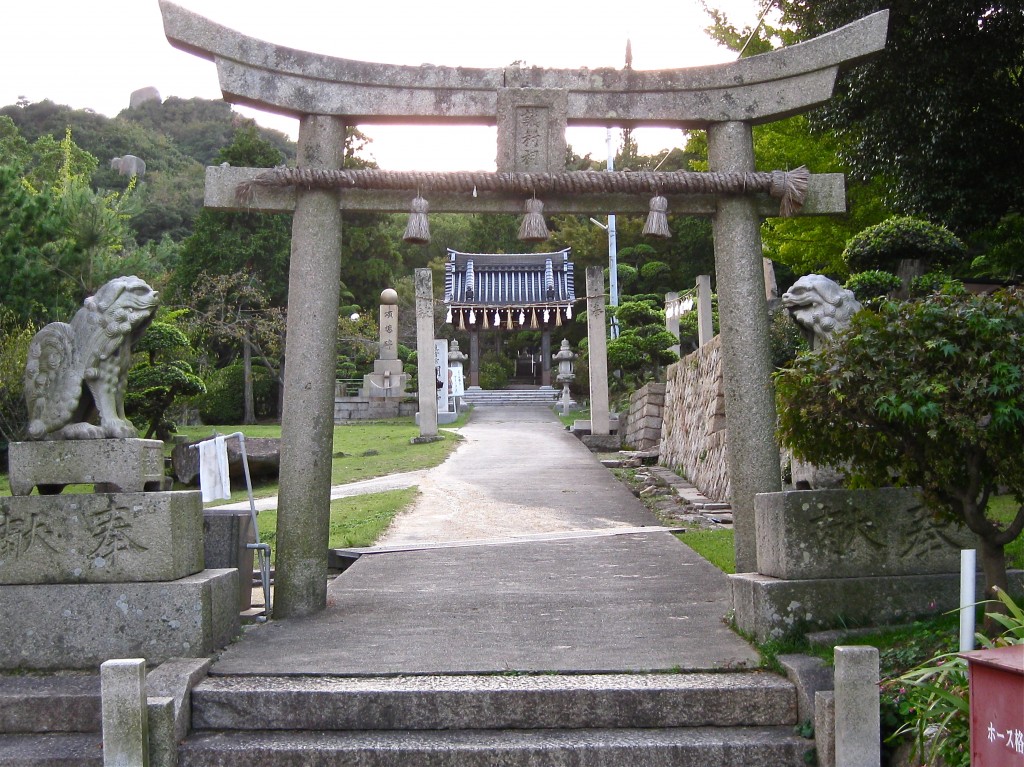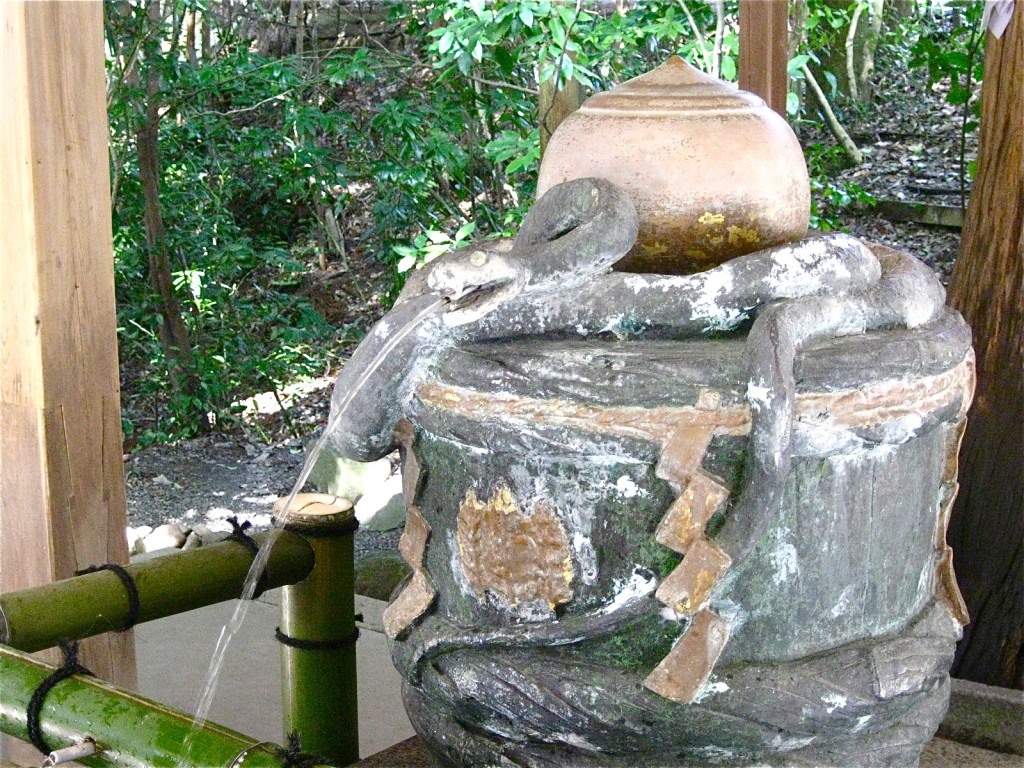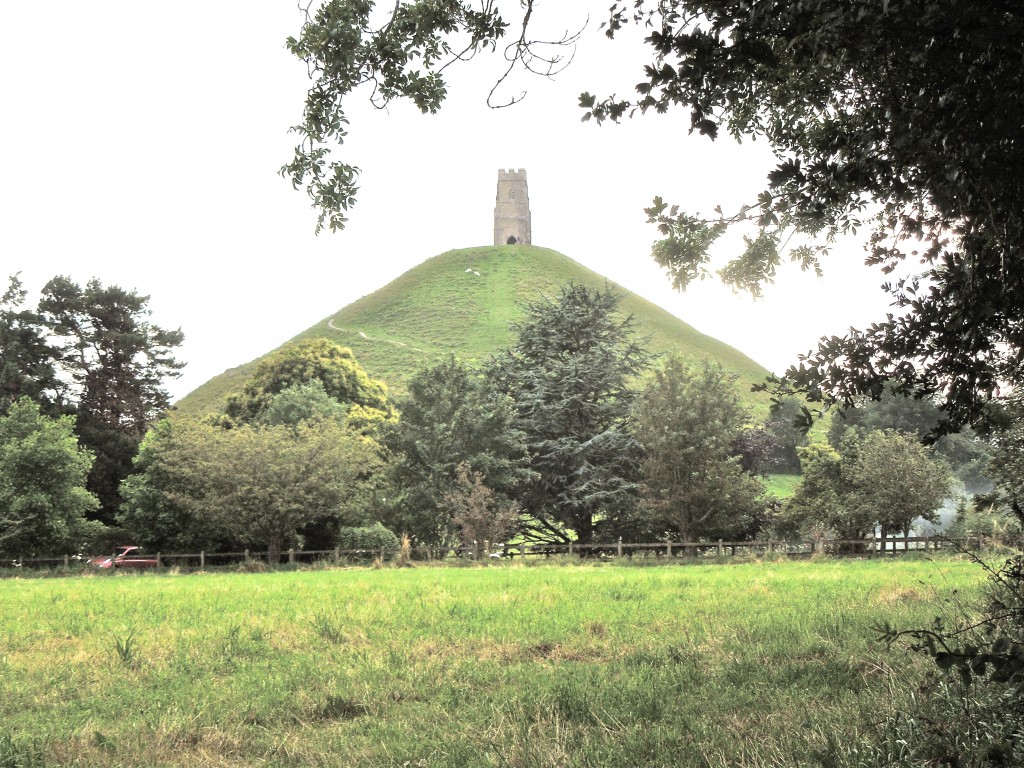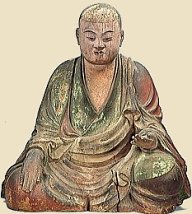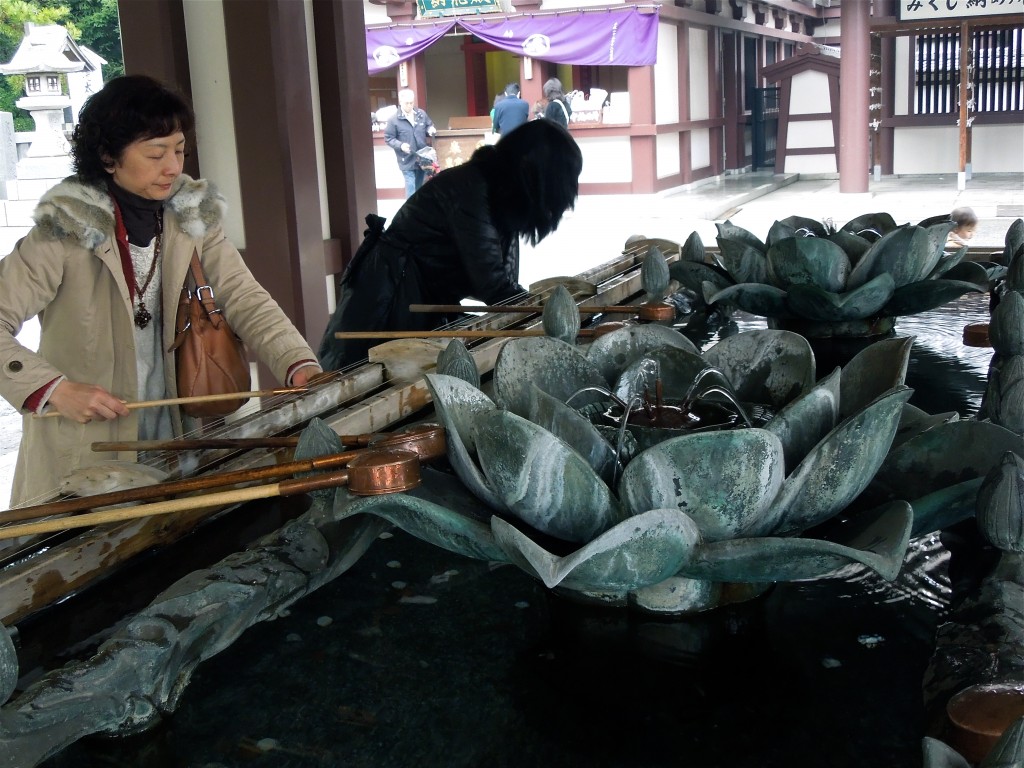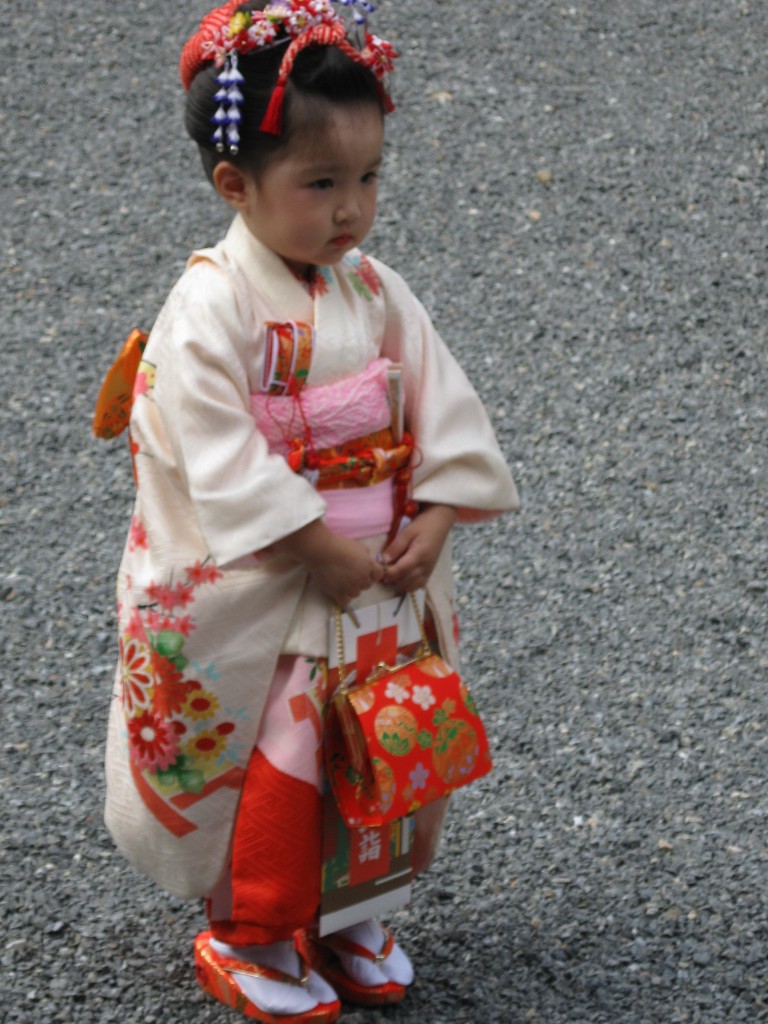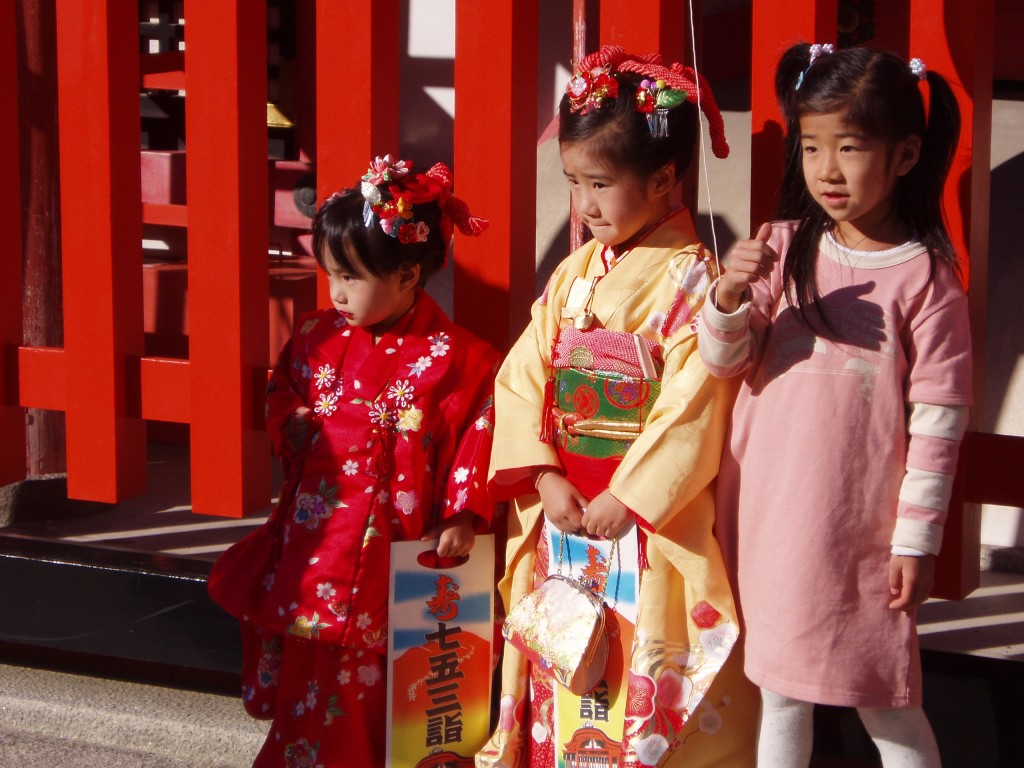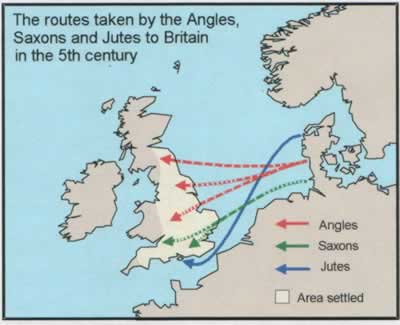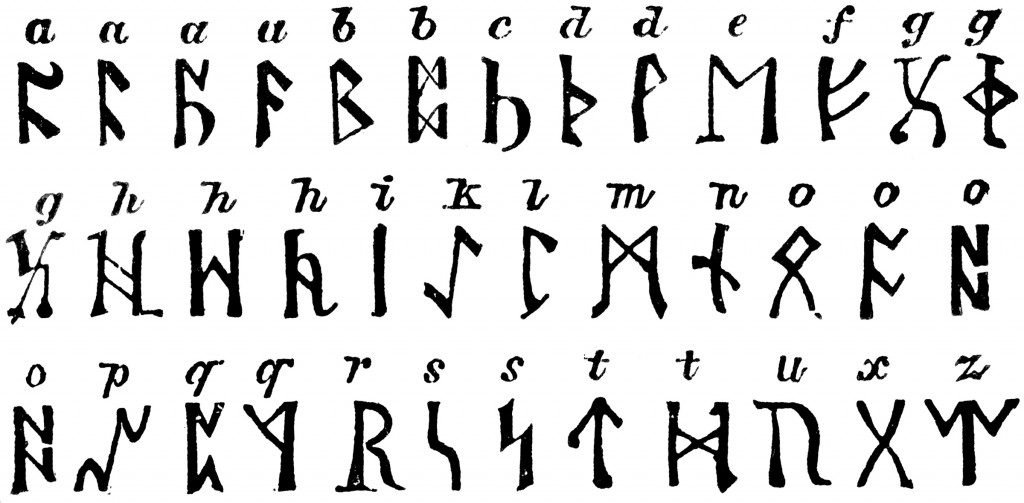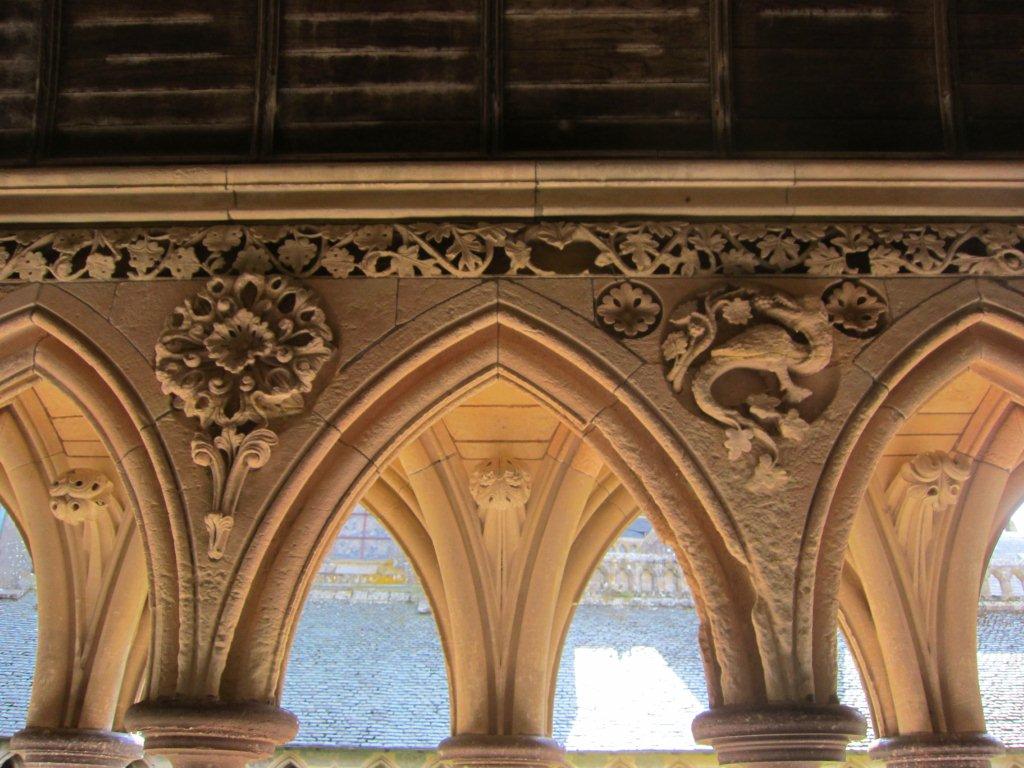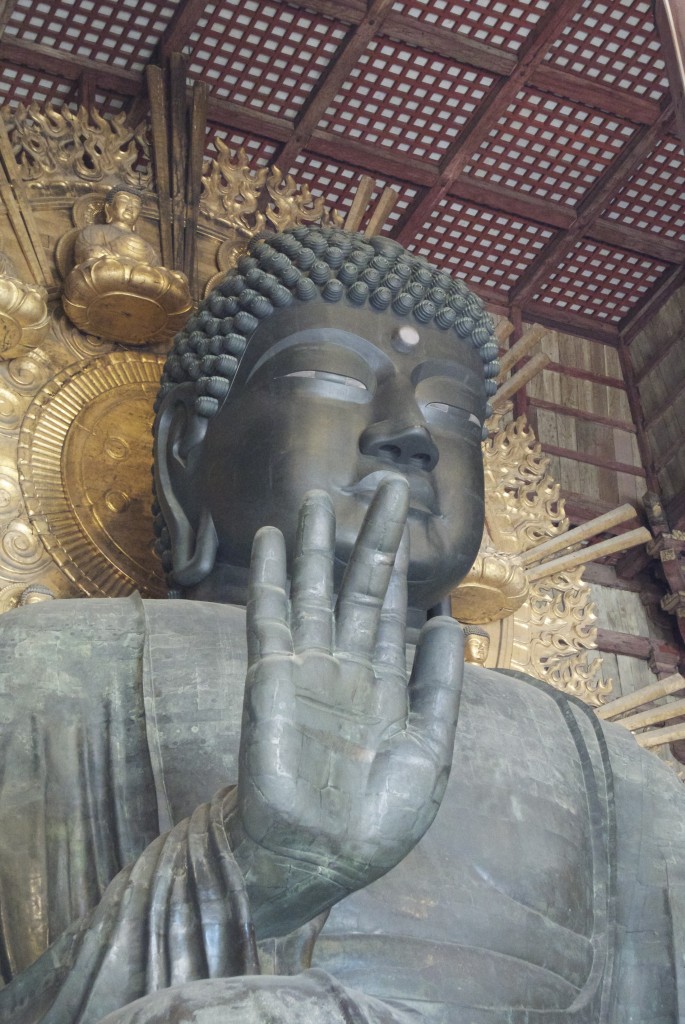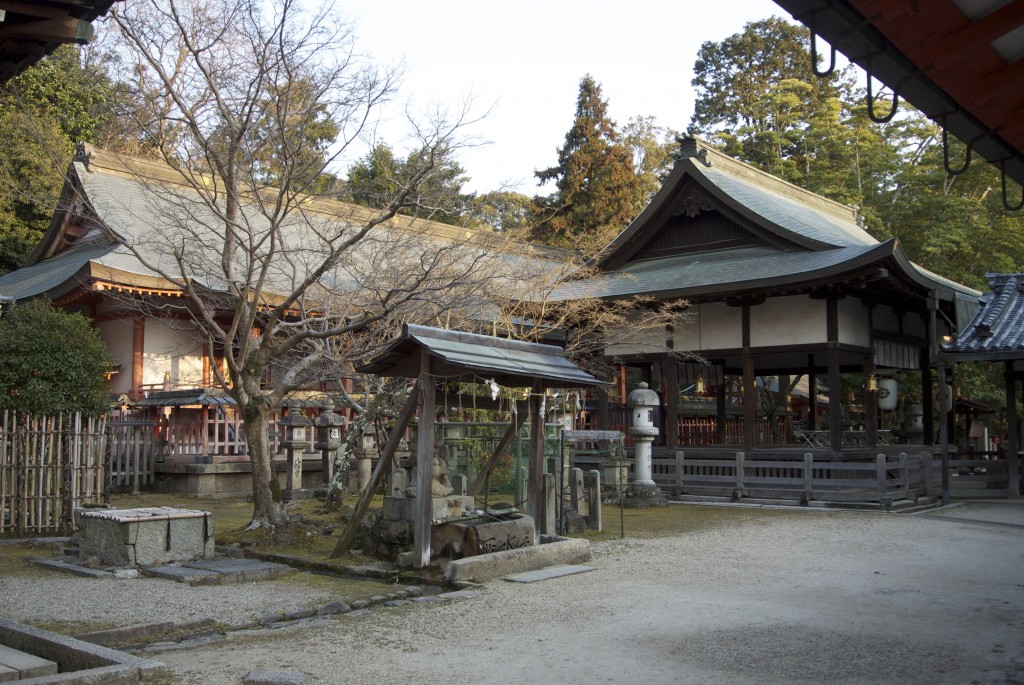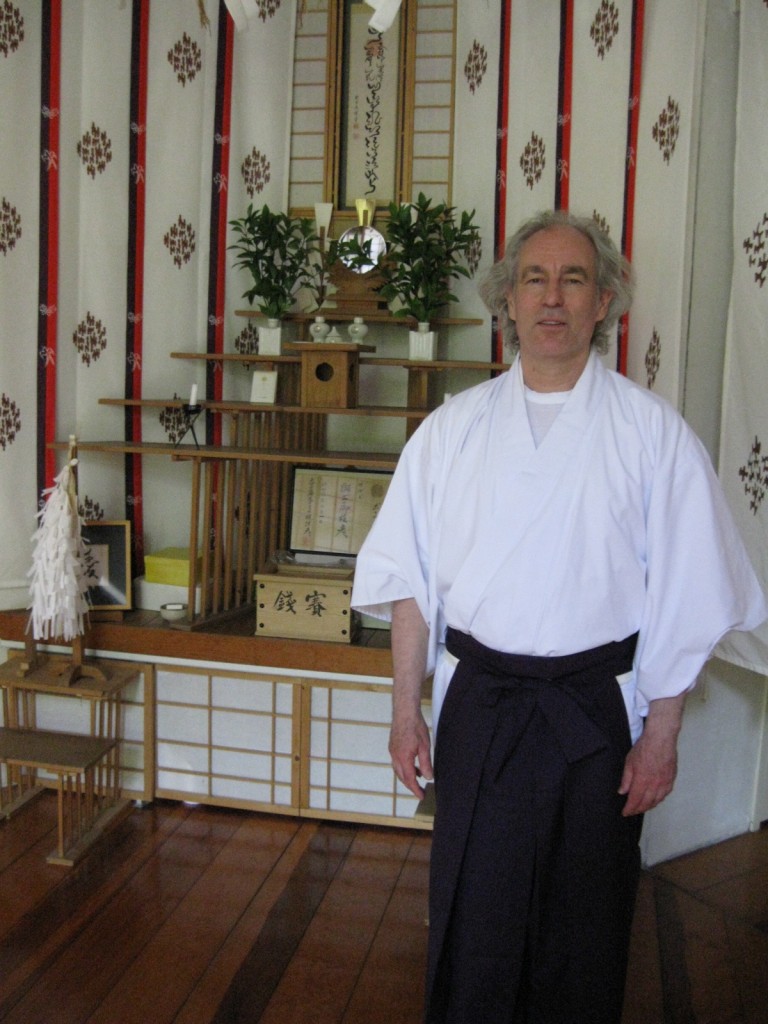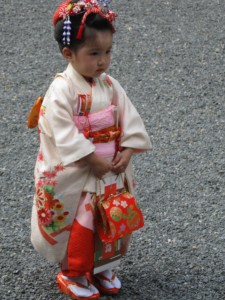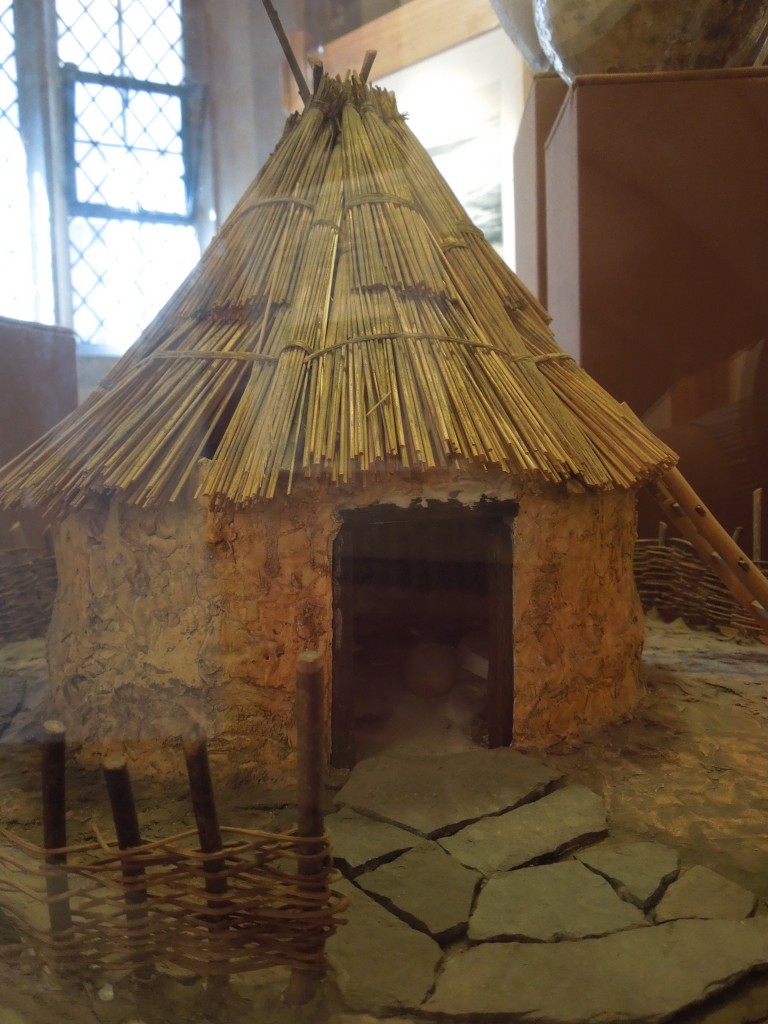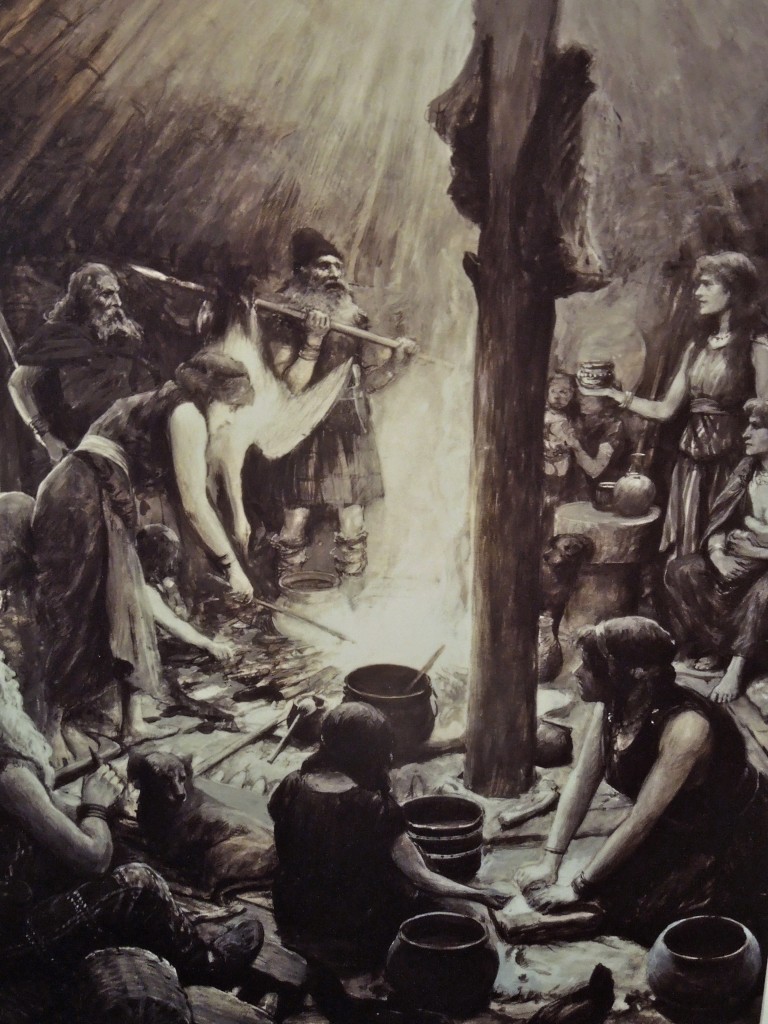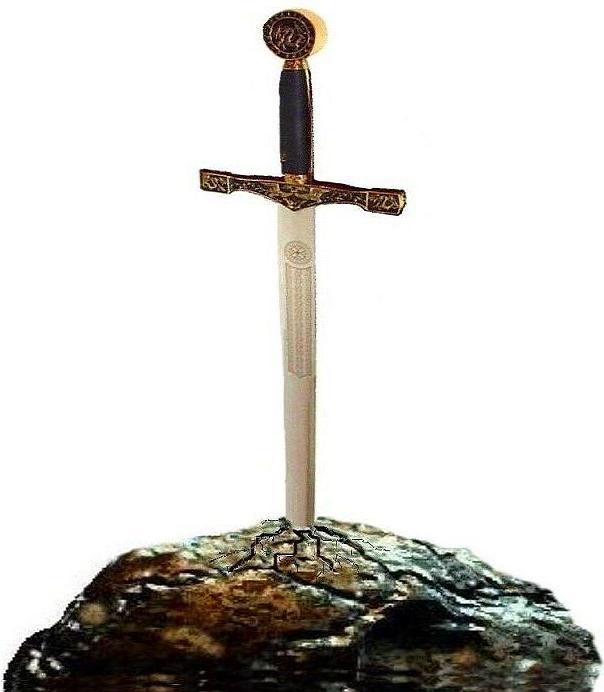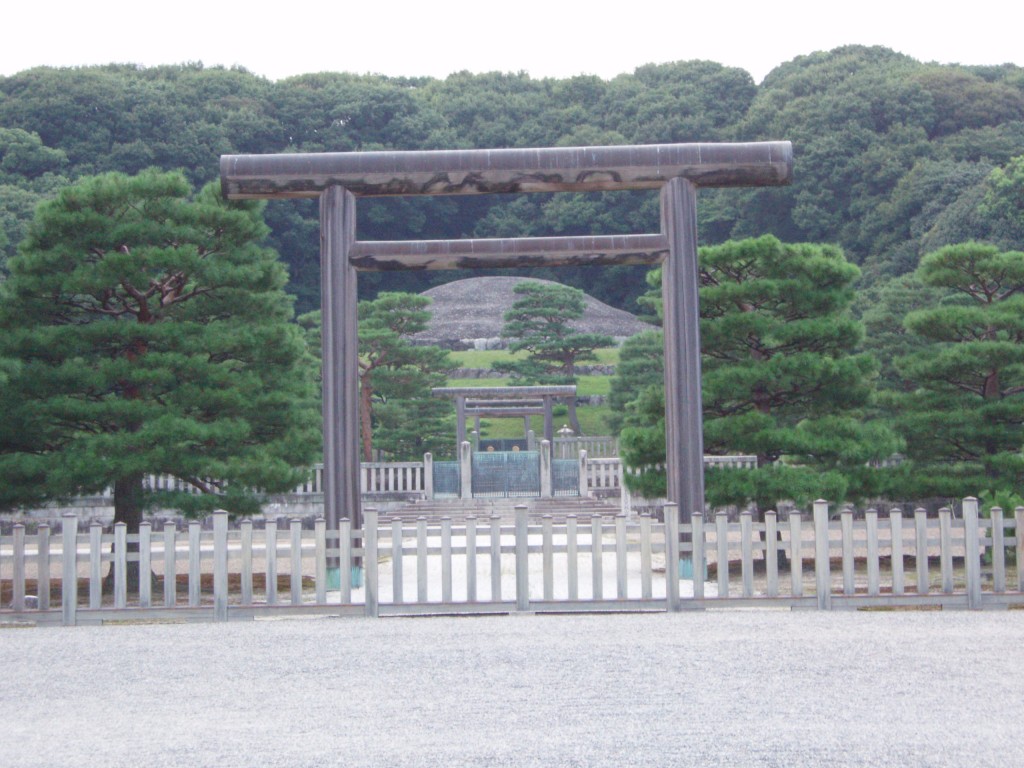
The burial mound of Emperor Meiji at Fushimi-Momoyama in Kyoto
Here in Kyoto we’re surrounded by imperial burial mounds stretching back to the foundation of the city. It’s of interest therefore that the present emperor has specified that he wishes to be cremated instead. In the article below, taken from The Japan News, there are fascinating facts about the history of burial and cremation in Japan which include some startling statistics. The preference for cremation, for example, has leapt from around 30% in the early twentieth century to an astonishing 99.96% today! Even in death, it seems, the Japanese have a preference for social harmony.
*************************************************************************************************
Emperor’s wish for cremation revived
Japan News November 15, 2013
Masayuki Ota and Yuri Ishihama/ Yomiuri Shimbun Staff Writers
Years of deliberation by the Emperor and Empress on how to balance a modern Imperial family with respect for centuries of tradition led to their decision to be cremated, which would make the Emperor the first monarch to be cremated in 400 years, according to the Imperial Household Agency.
Their ashes will be preserved in mausoleums to be built side by side at the Musashi Imperial Mausolea Grounds in Hachioji, Tokyo, the agency said in a review of the Imperial couple’s plans for their funeral services and mausoleums.
Announced Thursday, the review includes a policy to minimize the impact of their arrangements on people’s daily lives, a final touch to the Emperor and Empress’ efforts to sculpt an Imperial family that suits the Heisei period and walks in step with the nation’s people.
“In today’s society, 99.96 percent of people are cremated. There are also previous cases of cremation in the Imperial family history,” agency Grand Steward Noriyuki Kazaoka said at a press conference on the day.
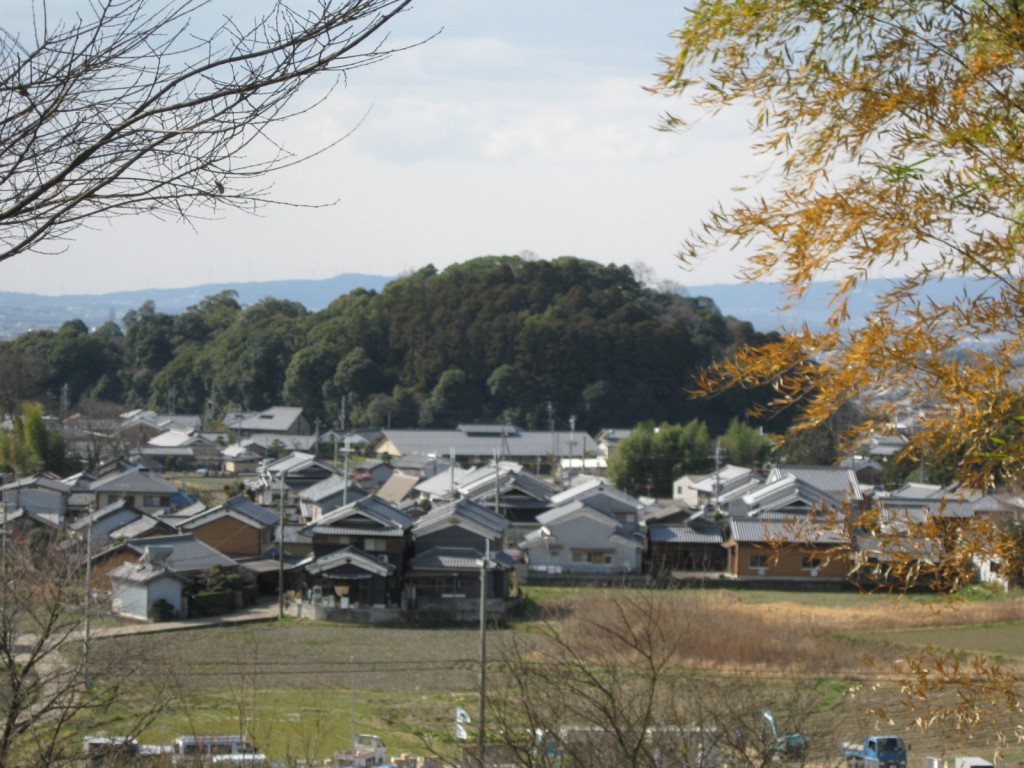
The Hashihaka burial mound near Sakurai in Nara Prefecture, said by some experts to be that of legendary third-century Empress Himiko
He explained that three basic policies were taken into consideration. First, any plans should be appropriate for the position of the Emperor, who is a symbol of the state, and the Empress. Second, they should take into consideration changes in society and people’s feelings while also referring to Imperial family tradition and precedents, such as the Taiso no Rei funeral service of the Emperor Showa in 1989. Third, they should keep the size of the mausoleums and ceremonies to a minimum.
According to statistics of the Health, Labor and Welfare Ministry and others, 69 percent of people who died in 1913 were buried, compared to 43 percent in 1955. Since then, the number of cremations has sharply increased.
Emperor Jito became the first emperor to be cremated in 703, according to the agency. After a period when both cremations and burials took place, cremations became the norm in the mid-Muromachi period (1336-1573). The burial of Emperor Gokomyo about 360 years ago marked a return to interment.
In 1926, an ordinance concerning the Imperial family’s funeral services was established on the assumption that emperors and other Imperial family members would be buried, but it was abolished after the end of World War II.
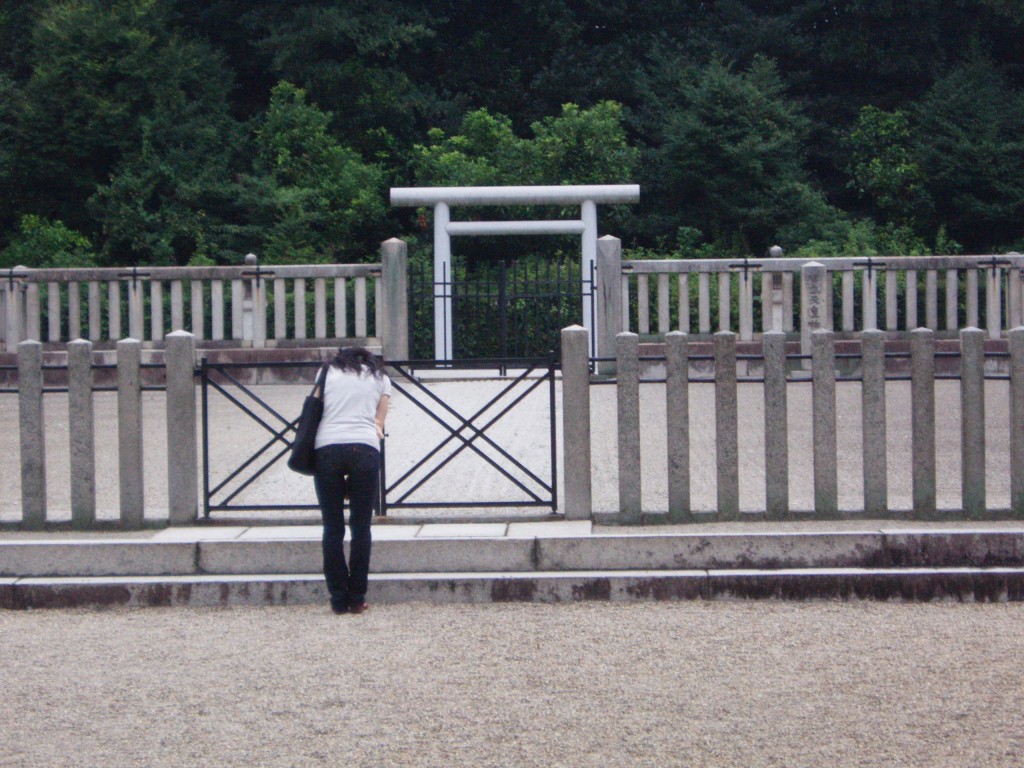
The burial mound of Kyoto's founder, Emperor Kammu, at Fushimi, 15 minutes walk from Kyoto's Tambabashi Station (Keihan or Kintetsu)
With the exception of the then emperor and empress, all six Imperial family members who have died since 1953, beginning with Prince Chichibu, were cremated in accordance with their wishes. Empress Teimei, the wife of Emperor Taisho, was buried in keeping with the abolished ordinance, as were Emperor Showa and Empress Kojun.
The agency made the final decision on the cremation, taking into consideration such factors as the fact that 41 emperors have been cremated in the past. It also took into account the fact that the Imperial households have traditionally respected the wishes of the Emperor and other members of the Imperial family, and that cremation is the most common practice in today’s society.
Two graves, one site
The Emperor and Empress will have separate mausoleums, but they will be built side by side on the same premises at the Imperial graveyard in Hachioji. The review also reflects the Imperial couple’s wish to minimize the impact of their deaths on the people’s daily lives.
Their mausoleums will be about 80 percent the size of those of Emperor Showa and his wife Empress Kojun. Though the total construction cost was not revealed, it is expected to be less than ¥4.4 billion, the total cost for the mausoleums for Emperor Showa and Empress Kojun.
The size was reduced based on the Emperor and Empress concern that there would be no space to build other mausoleums in the future, given the size and layout of the Musashi Imperial Mausolea Grounds.
They reportedly wish for themselves and the next generation of successors to be able to rest near Emperor Showa and Empress Kojun by reducing the size of their mausoleums and shifting the layout.
The Emperor and Empress have been seeking to create an Imperial family in step with modern times while also respecting traditions such as Imperial court rites. They have, for example, done away with the Menoto system of using nannies to raise royal children, instead keeping their three children close to them.
The agency said in its announcement that the thoughts and positions of the Emperor and Empress, who live in the Heisei period and are moving through it with the nation’s people, will be accurately conveyed to coming generations.
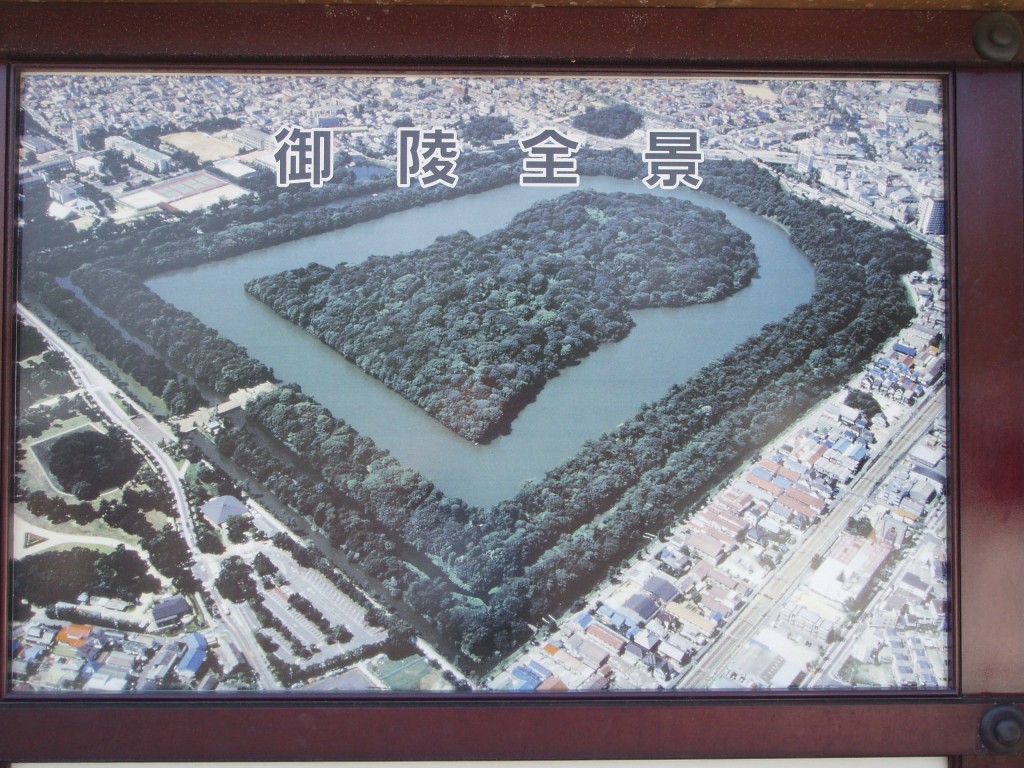
Daisen mound, also known as Nintoku's tomb. It's the largest burial mound in Japan, at Sakai near Osaka. It's one of the three largest burial tombs in the world and the largest in terms of ground area. (The Great Pyramid is the largest by volume.)
